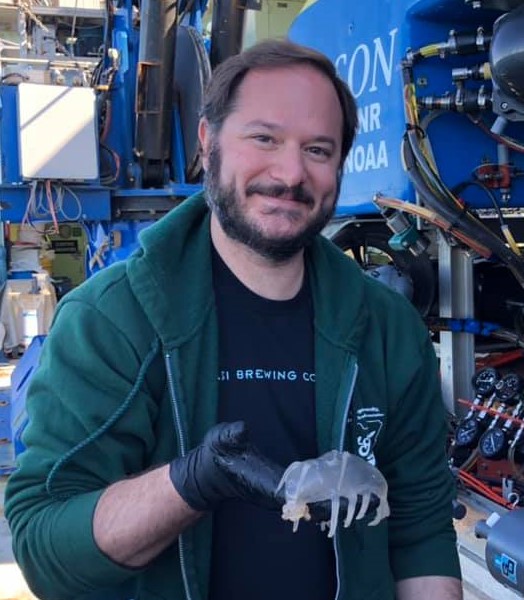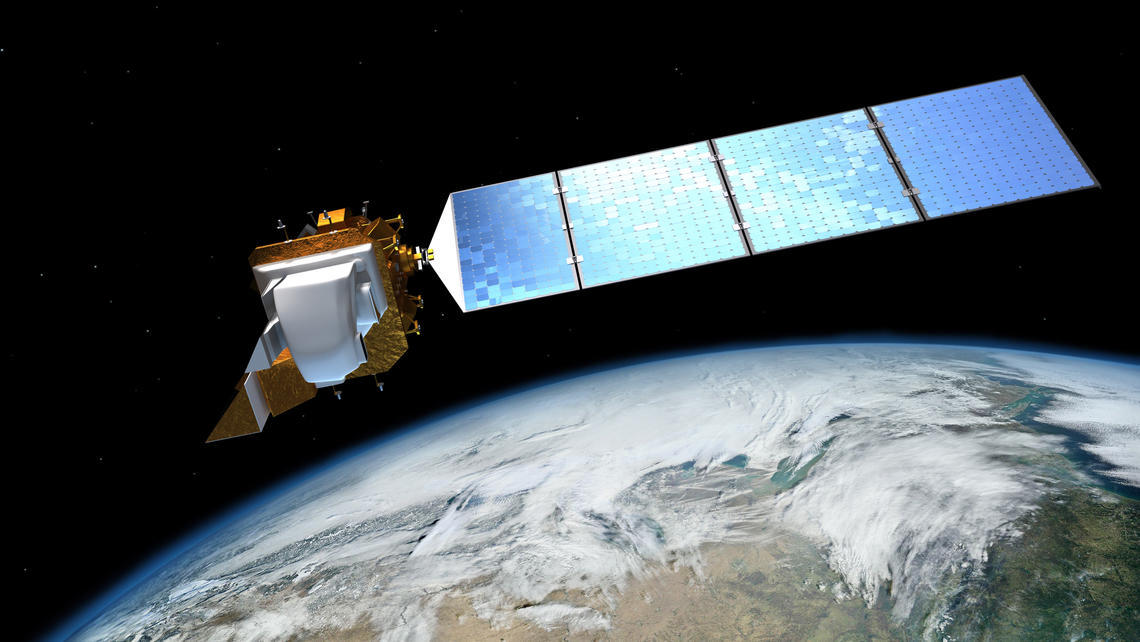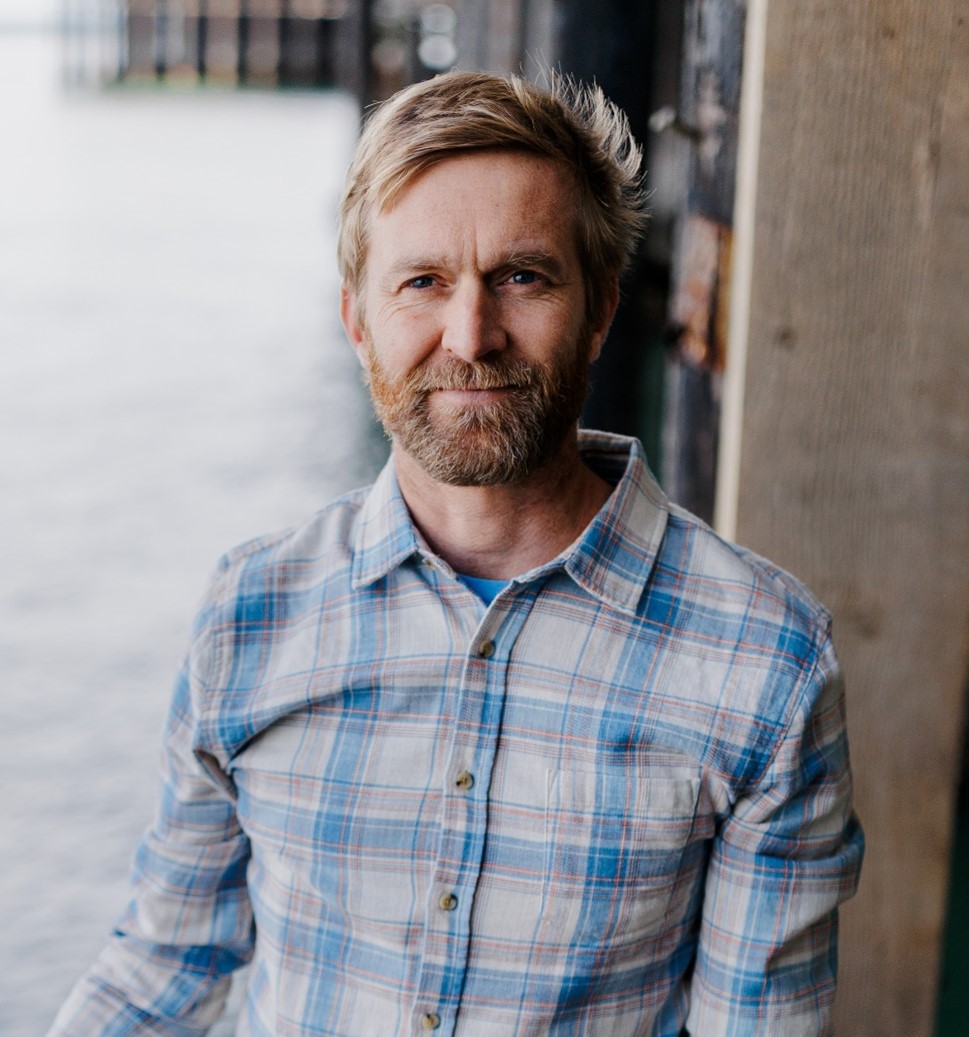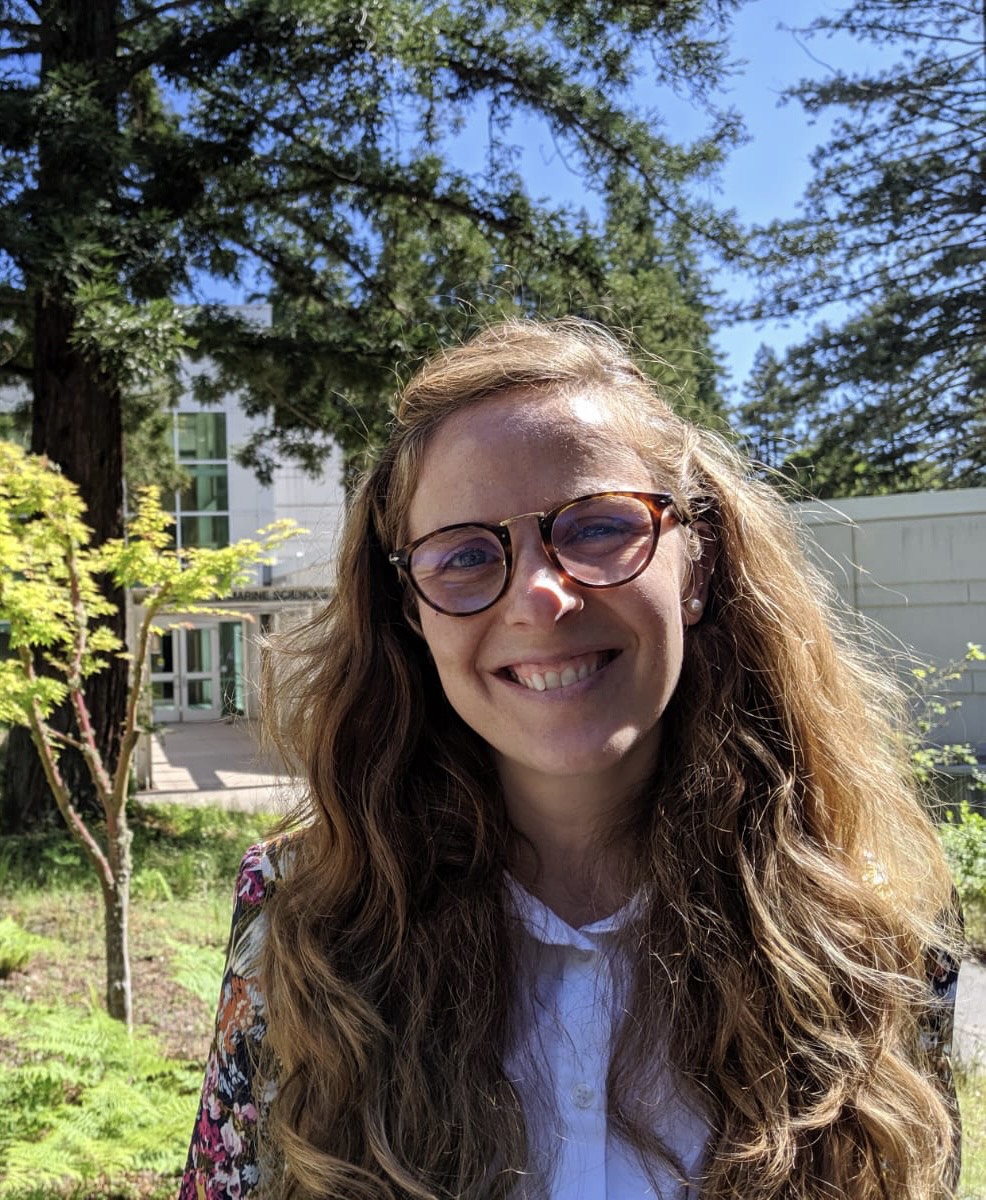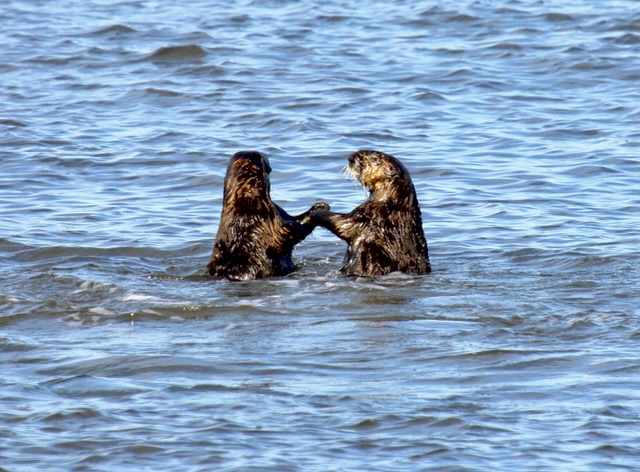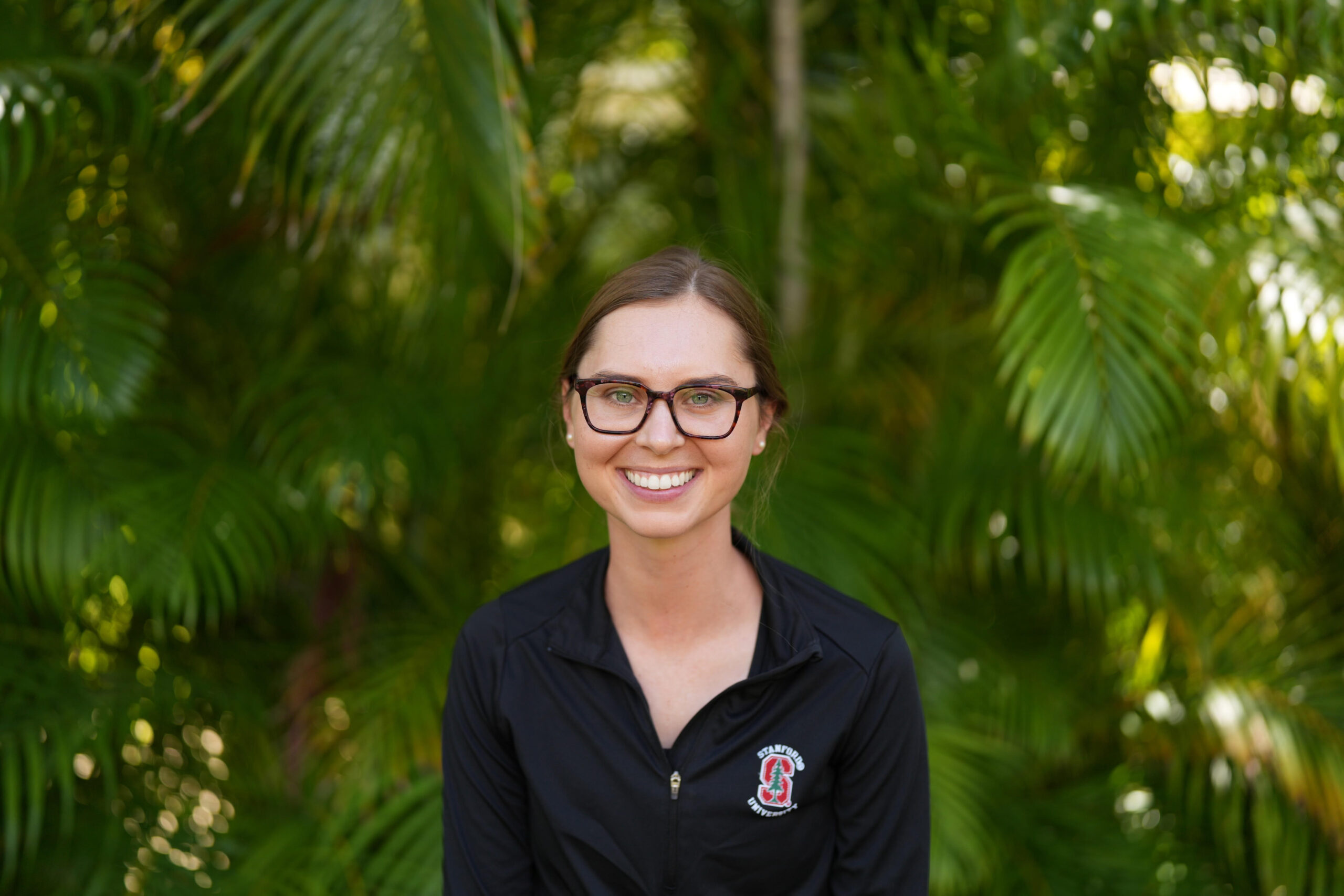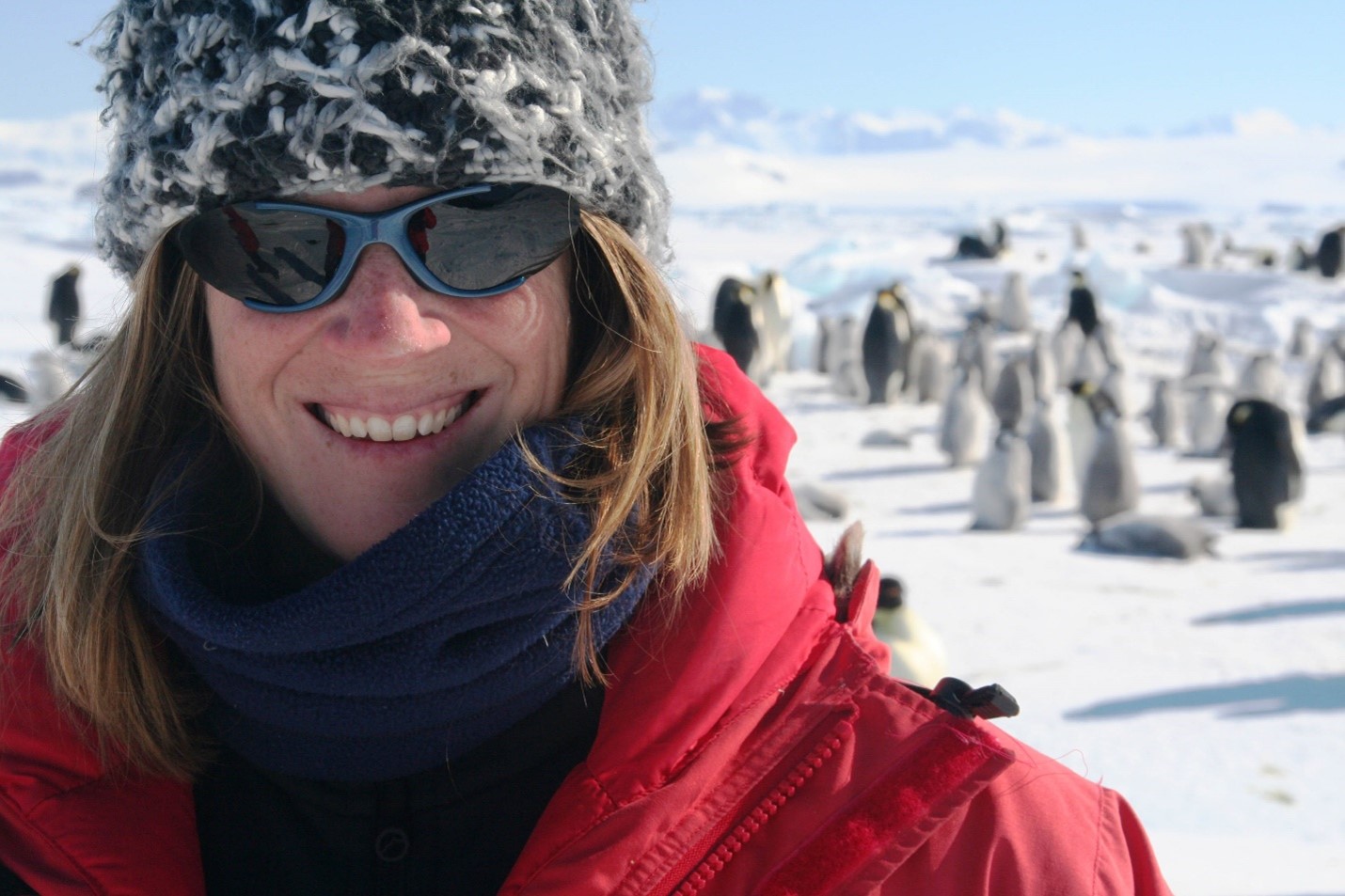Dr. Kevin Wakeman | Hokkaido University
Presenting: "Biodiversity of marine alveolates: examining species diversity and patterns in evolution"
Hosted by the MLML Invertebrate Ecology Lab
MLML Seminar | December 10th, 2024 at 4pm (PDT)

Biodiversity of marine alveolates: examining species diversity and patterns in evolution
Alveolates are a diverse group of microeukaryotic organisms. In this seminar, I will be focusing on the rich diversity of marine alveolates that live together (as symbionts) with other organisms. Symbiosis itself is an interesting concept. These relationships between organisms can be benign (commensal), exhibit a common benefit (mutualism), or to the detriment of one of the partners (parasitism). This symbiotic spectrum has become more interesting with the addition of more modern genomic and proteomics data, highlighting some of the cellular machinery that has been modified to a symbiotic lifestyle. Other interesting concepts that are emerging from molecular data is species diversity and host specific: why are there so many symbiotic alveolates? Why not just have one generalist that is globally distributed? In the seminar I will also talk about some preliminary data on host/species relationships and what this has to do with an intriguing model for addressing parasitic alveolates: marine apicomplexans.
Dr. Kevin Wakeman
Assistant Professor, Hokkaido University


